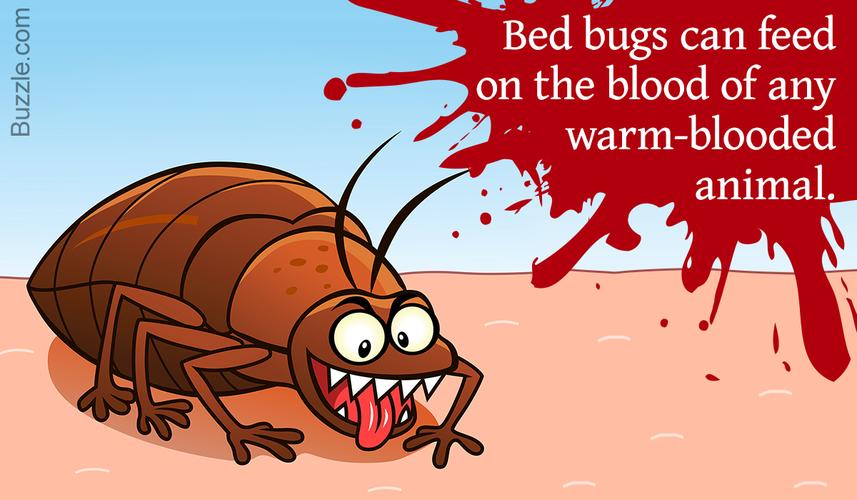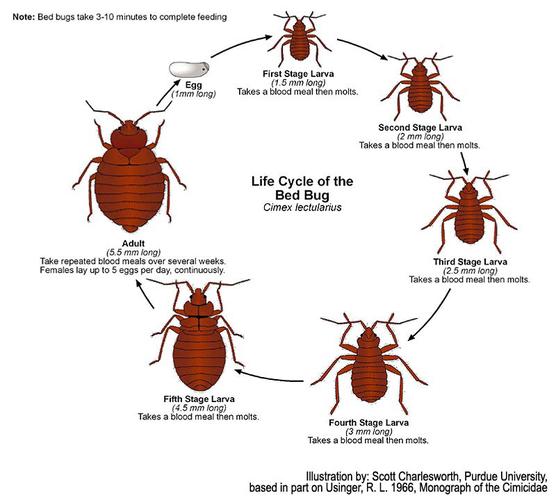
Understanding Bug Bed Bites: A Comprehensive Guide
Have you ever woken up with itchy, red marks on your skin and wondered what caused them? Chances are, you might have been a victim of bug bed bites. These tiny, often unnoticed creatures can cause discomfort and irritation, and it’s essential to understand them to prevent future encounters. In this article, we will delve into the world of bug bed bites, exploring their causes, symptoms, prevention, and treatment.
What Are Bug Bed Bites?
Bug bed bites are caused by various insects that infest beds and other sleeping areas. These insects, such as bed bugs, mosquitoes, and fleas, feed on the blood of humans and animals. When they bite, they inject a small amount of saliva into the skin, which can cause an allergic reaction in some individuals.

Common Causes of Bug Bed Bites
| Insect | Common Habitat | Feeding Habit |
|---|---|---|
| Bed Bugs | Bed frames, mattresses, and furniture | At night, they come out to feed on blood |
| Mosquitoes | Outdoor and indoor areas with standing water | They feed on blood during dusk and dawn |
| Fleas | Animals, carpets, and furniture | They jump onto hosts and feed on blood |
Identifying Bug Bed Bites
Bug bed bites can be challenging to identify, as they often resemble other skin conditions. However, there are some common signs to look out for:
-
Small, red bumps or welts on the skin
-
Itching, swelling, or redness around the bite area
-
Multiple bites in a cluster or line

-
Dark spots on bedding or furniture, which may indicate blood from the insects
Preventing Bug Bed Bites
Preventing bug bed bites involves a combination of cleanliness, vigilance, and proper pest control measures:
-
Regularly vacuum your home, paying close attention to furniture, carpets, and bedding
-
Check for signs of insects, such as eggs, larvae, or adult insects
-
Seal any cracks or crevices where insects might hide
-
Use bed bug-proof mattress and pillow covers
-
Keep outdoor areas free of standing water to prevent mosquito breeding
-
Consider using insect repellents, especially when spending time outdoors
Treatment for Bug Bed Bites
Most bug bed bites are mild and can be treated at home. Here are some effective treatment options:
-
Wash the bite area with soap and water to prevent infection
-
Apply a cold compress to reduce swelling and itching
-
Use over-the-counter antihistamines or hydrocortisone cream to relieve itching and inflammation
-
Keep the bite area clean and dry to prevent infection
-
In severe cases, consult a healthcare professional for appropriate treatment
Conclusion
Bug bed bites can be a nuisance, but understanding their causes, symptoms, prevention, and treatment can help you avoid and manage these unwanted guests. By maintaining a clean and vigilant environment, you can significantly reduce your risk of encountering bug bed bites and enjoy a more comfortable and peaceful night’s sleep.







